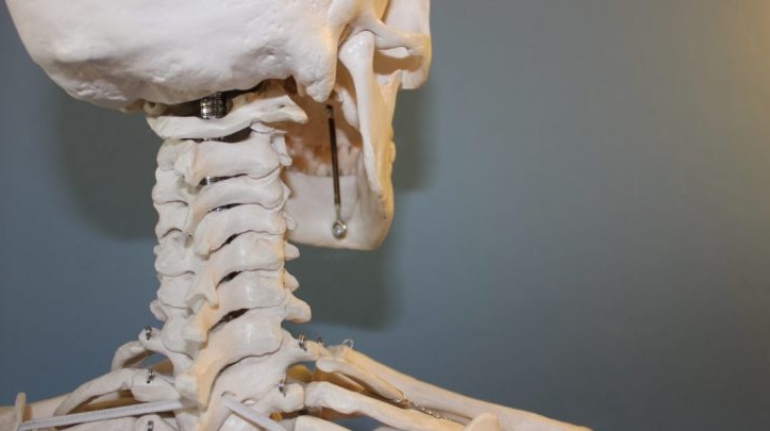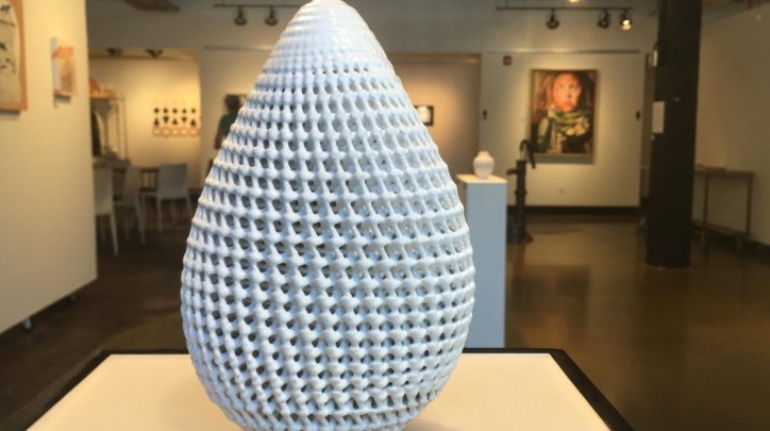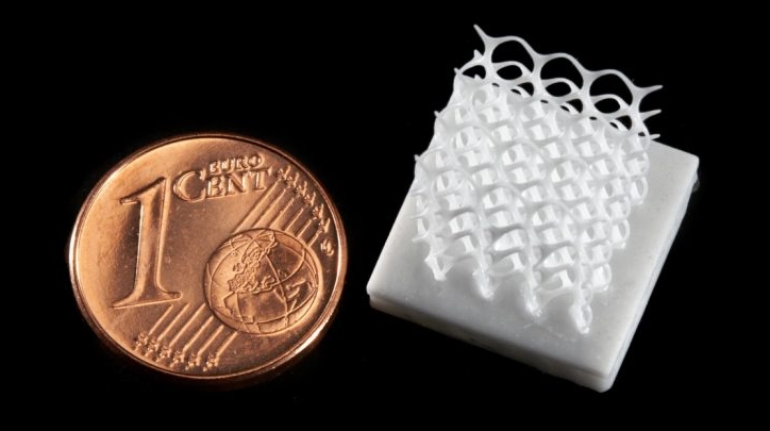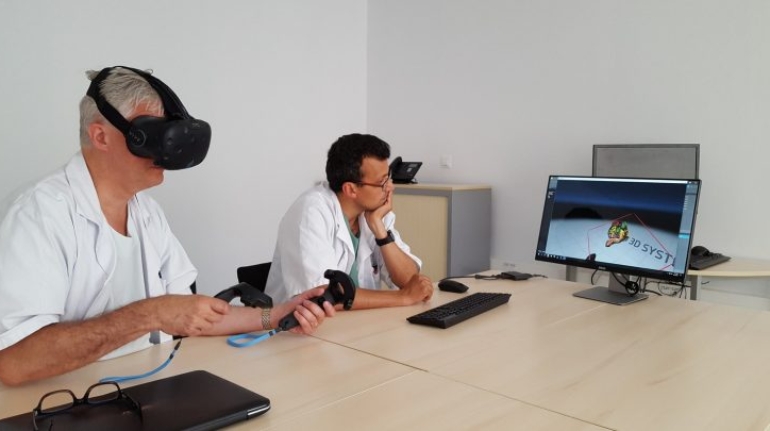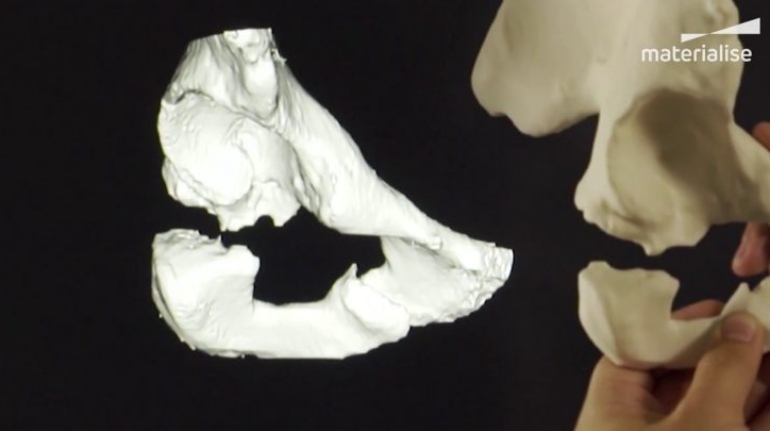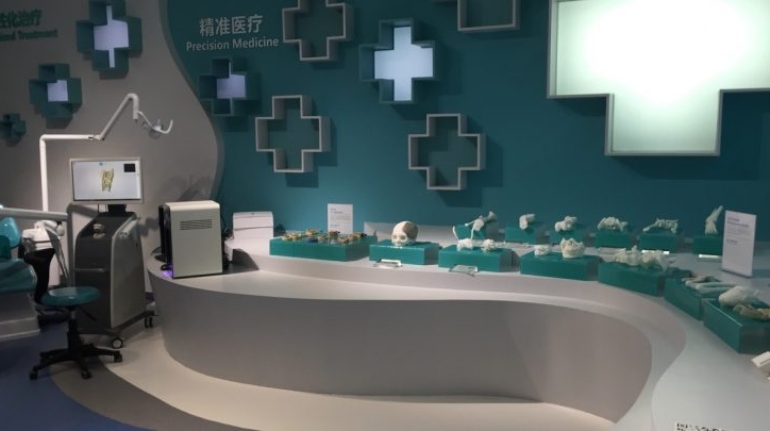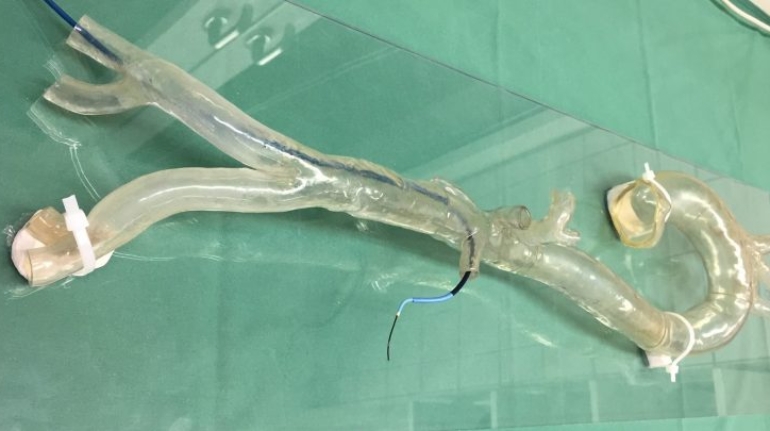FDA Provides First Ever Official Guidance For 3D Printing of Medical Devices Additive Manufacturing
The FDA, the American Food and Drug Administration, has been paying attention to the growth of additive manufacturing for some time now. In order to further provide guidelines to implementing 3D printing of medical devices, promotion their further development and benefits, the US-based institution has developed the first comprehensive guide to provide the Agency’s initial thinking on technical considerations specific to devices using additive manufacturing. The complete guidance is available here to download: FDA AM Guidance

